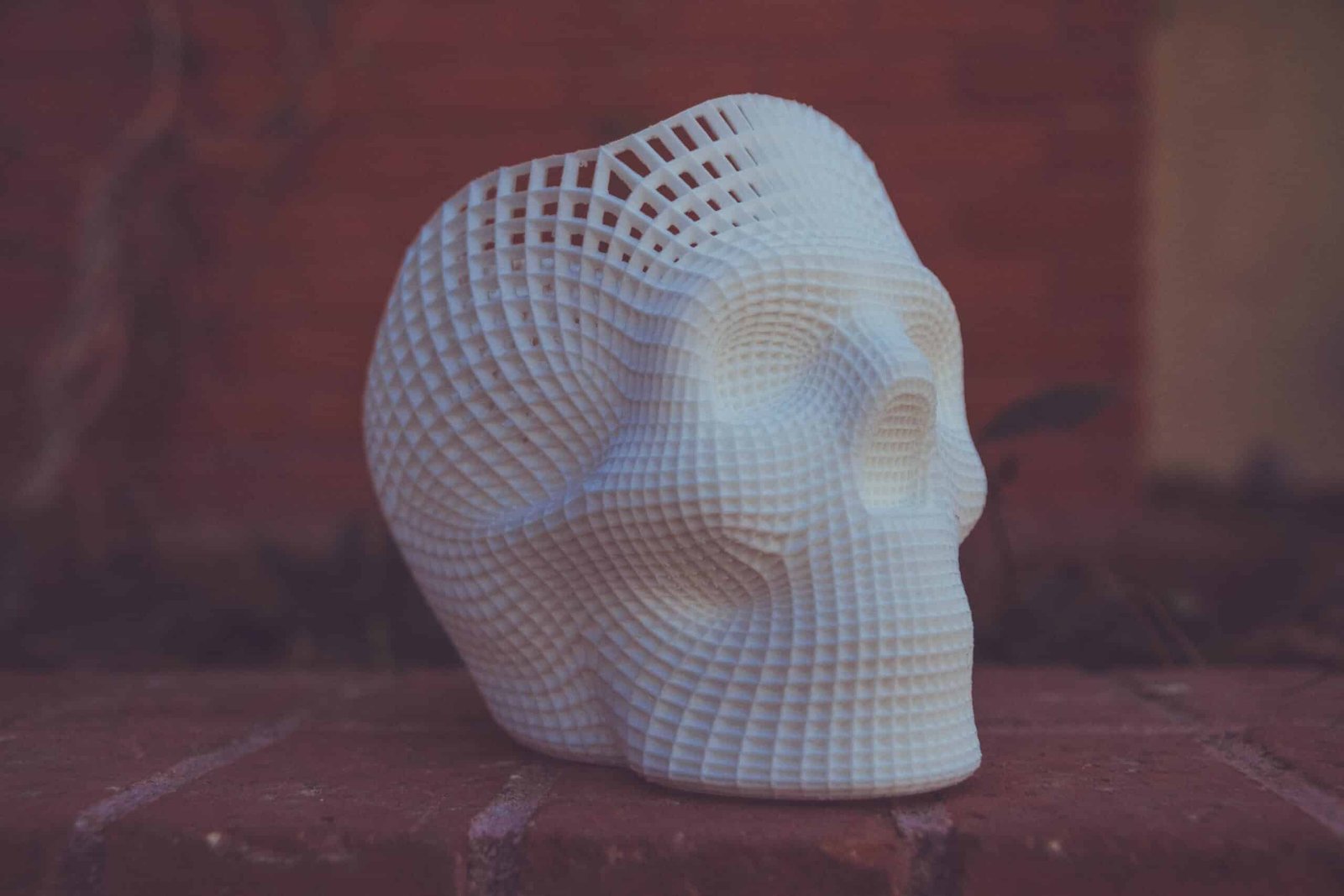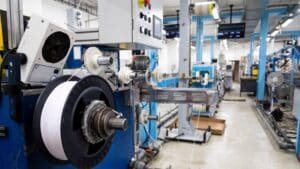
In the dynamic world of 3D printing, a remarkable material has risen to prominence, captivating both hobbyists and professionals alike: PLA (Polylactic Acid) filaments. PLA, a biodegradable and environmentally friendly thermoplastic, has become a game-changer in the 3D printing industry. In this article, we explore the wonders of PLA filaments, their versatility, and the positive impact they have on the environment.
A Sustainable Choice
One of PLA’s most appealing attributes is its eco-friendliness. PLA is derived from renewable resources, primarily cornstarch or sugarcane, making it a sustainable alternative to traditional plastics derived from fossil fuels. Its biodegradable nature means that when discarded in the right conditions, PLA filaments will break down into harmless lactic acid and biomass, leaving behind no lasting ecological footprint.
Ease of Use
PLA is favored by both beginners and experts in the 3D printing world due to its user-friendly properties. It has a lower melting point compared to other filaments, which means it can be printed at lower temperatures, reducing the risk of warping or nozzle clogs. Additionally, PLA doesn’t emit noxious fumes during printing, making it safe for home and office use.
Versatile Applications
While PLA is celebrated for its environmental benefits, it doesn’t compromise on performance. PLA filaments are known for their precise and intricate printing capabilities. They are perfect for creating detailed prototypes, artistic sculptures, and functional parts. PLA’s smooth finish and vibrant color options allow for aesthetically pleasing prints, making it a popular choice for custom designs and artistic projects.
Biomedical Advancements
The biomedical field has found PLA filaments to be particularly valuable. Researchers have used PLA to create biocompatible medical implants, tissue scaffolds, and drug delivery systems. Its biodegradability ensures that implanted devices eventually break down without causing harm, a feature critical for temporary medical solutions.
Evolving PLA Varieties
PLA has continued to evolve, with specialized varieties catering to specific needs. Modified PLA filaments, such as PLA+ or PLA with additives like wood or metal particles, offer enhanced strength, flexibility, and unique textures. This diversity in PLA options allows for greater creativity and customization in 3D printing projects.
Challenges and Considerations
While PLA filaments offer many advantages, they are not without their limitations. PLA is not as heat-resistant as some other filaments, which means it may deform when exposed to high temperatures. Therefore, it may not be the best choice for applications requiring high-temperature resistance. However, for most common 3D printing projects, PLA is more than adequate.
Conclusion
In a world increasingly concerned about the environmental impact of technology, PLA filaments have emerged as a sustainable and versatile solution. They have revolutionized 3D printing, offering ease of use, precise results, and biodegradability. As we look to the future, it’s clear that PLA filaments will continue to play a significant role in shaping the 3D printing industry, driving innovation while minimizing harm to our planet. For both novices and experts, PLA filaments stand as a testament to the powerful synergy of technology and sustainability.




